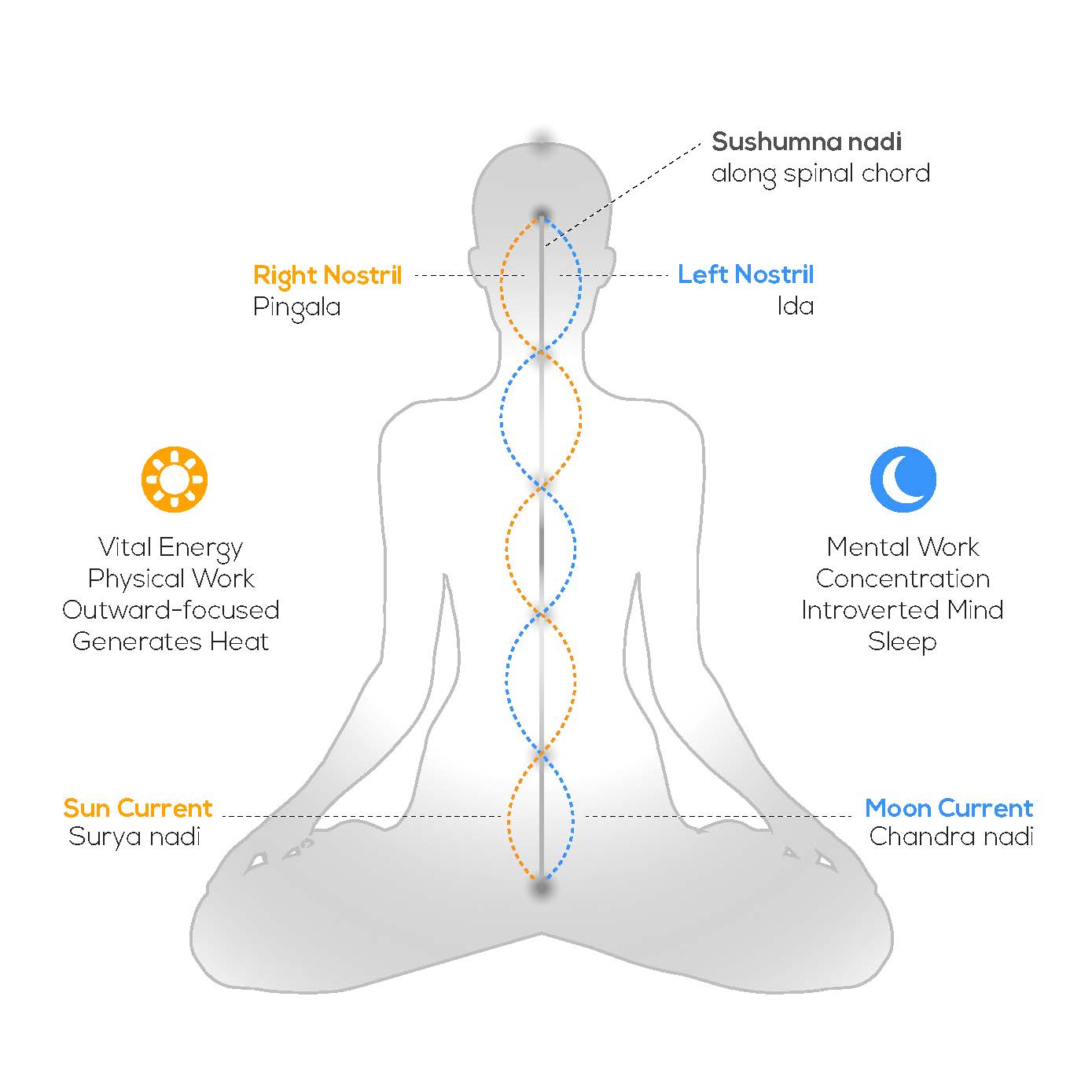Happiness through Breath Control
Happiness is what we all search around; we look into every new thing to gain happiness. But we never look into yourself for happiness, we can sure be happy without any external stimulations. Breathing is the way ahead to get happiness. Breathing is a sign of wisdom to understand the fact that if there is any joy and peace, it will be realized only by our inner being and not by our circumstances and possessions. We often say I am happy, I am bored. That means joy or boredom is internal defined things, it depends upon one’s own self or experiences and feelings. If one knows how to be happy in the present moment he has understood the secret of happiness.

The ancient rishis were perfect scientists of the human body, consciousness, nature and spirituality. They had a deep understanding of the human mind and body. They knew the emotions and their influence on the unconscious mind. They formulated excellent methods of yoga, which can be practiced by anybody for mental, emotional and physical refinement. One of the practical methods of Yoga includes — prañayama (exercises of deep, harmonized breathing) with bandha and mudra; and dhyana (meditation). In regard to a happy state of mind and inner self, the positive effects of proper breathing are proved through modern scientific methods. Proper supply of oxygen to the body in manner to maintain the functions and the bioelectrical flows through balanced and deep breathing helps in activation of endocrine glands and secretion of hormones and production of several neuropeptides (neuro-transmitters).
More importantly, the upward flow of vital energy (praña) is attained through skillful practice of pranayamas, which helps to improve and control use of the extrasensory element.
The upward movement of the praña generates vigor, mindfulness and spiritual joy. This is attained by practice of specific prañayamas with bandhas. By upward control, the sublime energy of praña is inherent in Kama. Observe the child! They are so cheerful and energetic all the time! This is because their energy remains in the upper chakras (extrasensory energy-nucleus). Negative impulses of sensual pleasures, boosted by ego and untoward effects of the surrounding environment draw its flow downwards as the child grows.
The swara-vigyan or Swara Yoga, the science of regularizing the rhythm of breaths offers happiness. Be the observer of yourself and see that whenever you are in a silent and calm mood (without any apparent reason for it!) and having positive thoughts, you must be breathing through the left nostril. When you are in excitement or rapid movement, unpleasant thinking will be mostly accompanied by respiration through the right nostril.
The Ida nadi manifested in the left nostril is referred as ‘chandra-nadi and Pingala nadi manifested in the right nostril is termed as ‘surya-nadi. In simple terms, when we breathe only through the left nostril, the chandra-nadi is activated. When we breathe only through the right nostril, the surya-nadi activates.

If we give little attention to our breathing patterns, we will notice all the time we breathe only through one nostril, either left or right. At the time of changing of the flow from Ida (chandra) to Pingala (surya) i.e. left to right, or vice versa, both the swaras are active for a few moments. This change occurs periodically in about one to three hours of time. The flow of vital energy (praña) is active through the Sushumna Nadi at these moments. That is called a state of complete balance or harmony.
Let all of us practice the right methods of breathing! Drop us comments or emails with your queries or questions, we are happy to help you.



Great article to understand the importance of right breathing practice. It is fact that, regulating breathing can actually have positive effects on health.
ReplyDelete